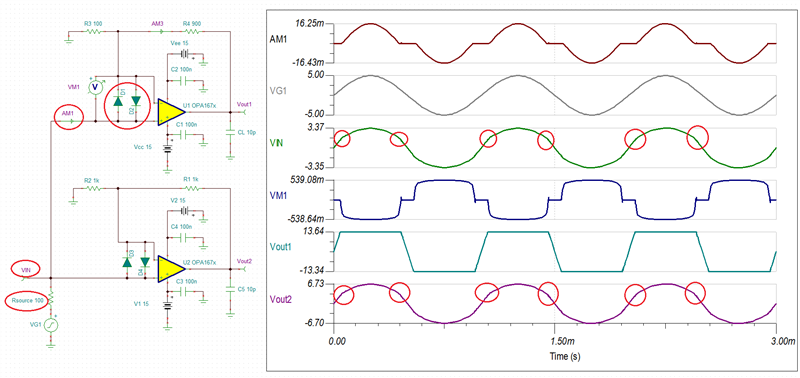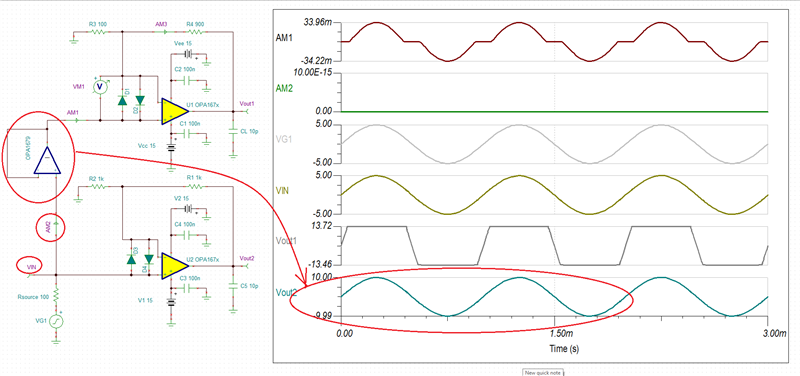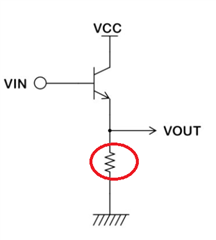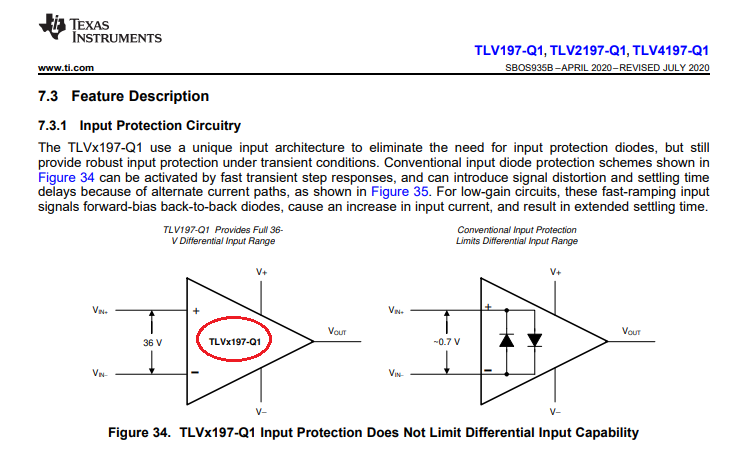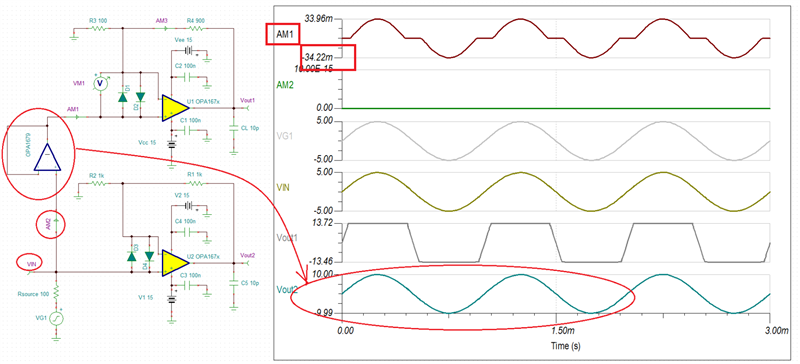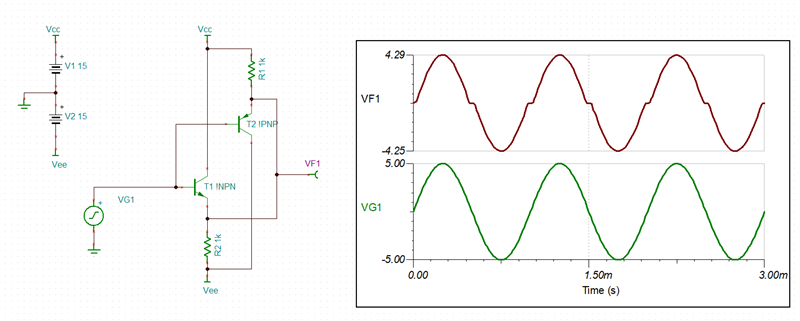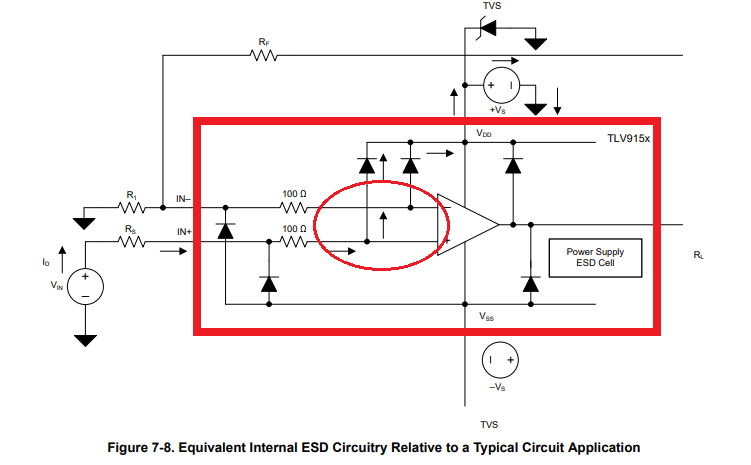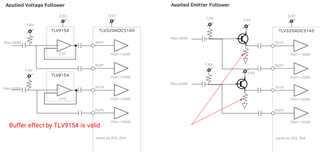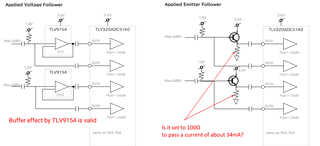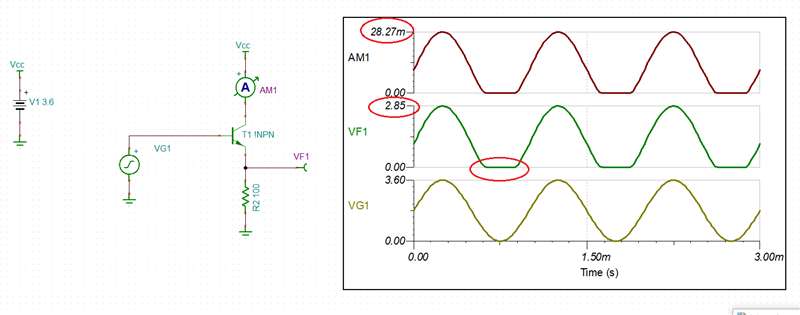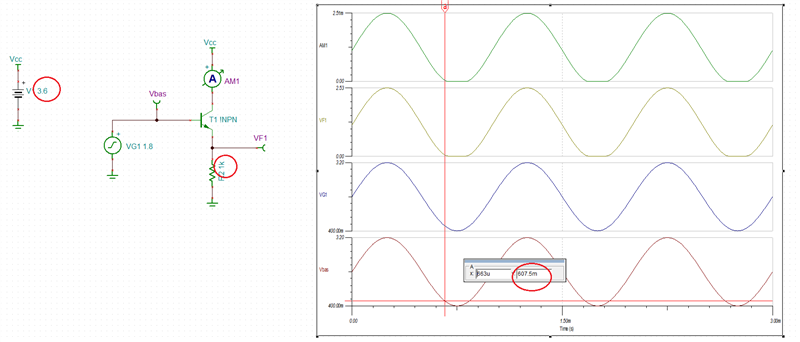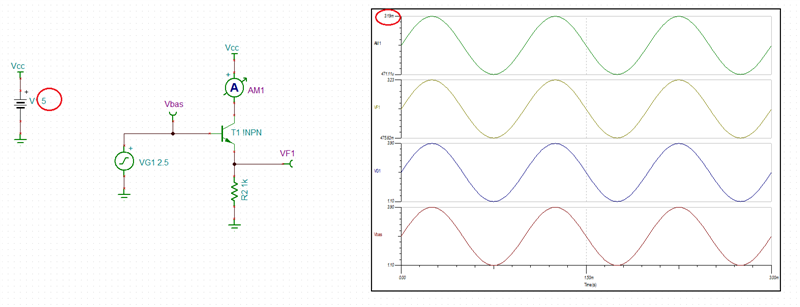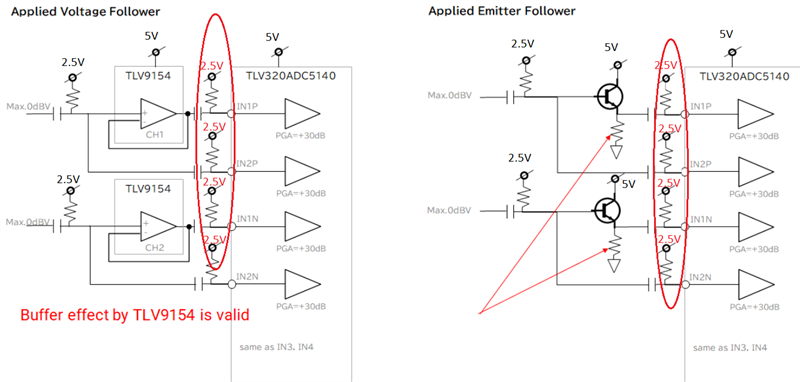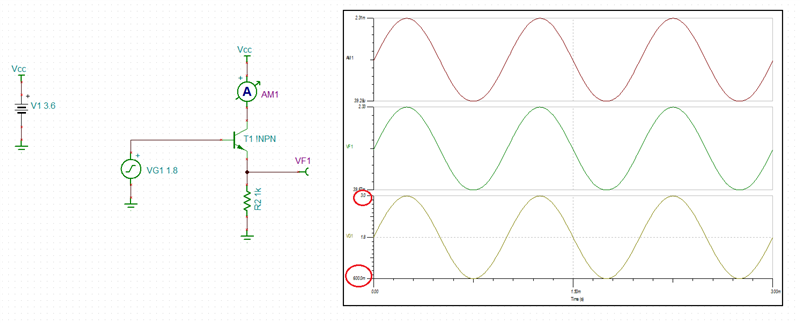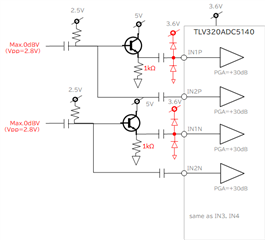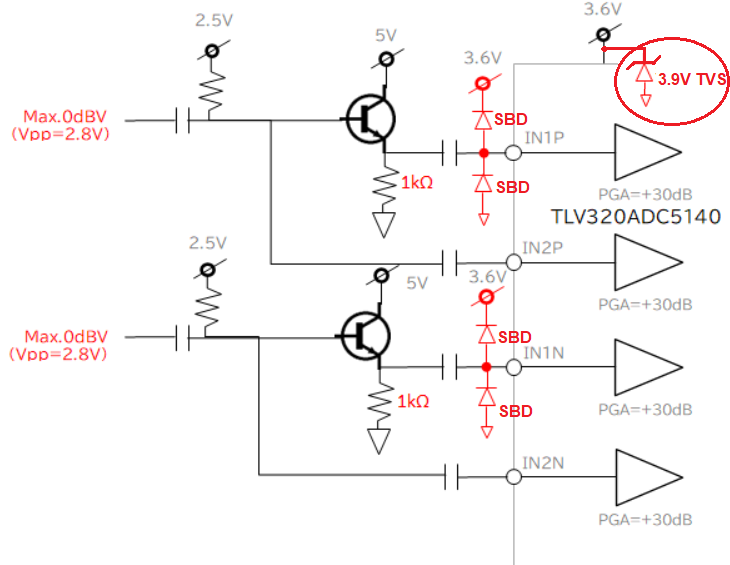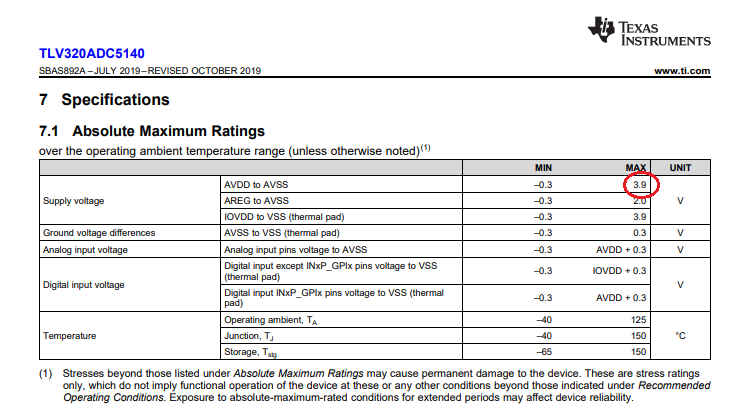Other Parts Discussed in Thread: TINA-TI, TLV320ADC5140, , TLV9154
HI team,
Customer wants to use dual opamp which share common input. Because of difference gain in these opamps, one opamp distortion affects the another opamp through feedback loop.
Is there good solution to avoid it? like voltage follower or emitter follower
ex:)
Ch1 Vin -> opamp (inverting amp) -> Vout (G = XX)
Ch2 Vin -> opamp (inverting amp) -> Vout (Gain = YY)
When Ch1 opamp is clipped, the distrotion affects Ch2. They want to make them independent.
Hayashi


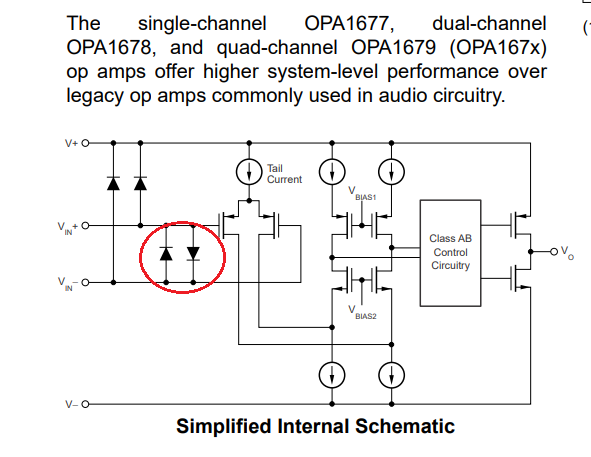 H
H